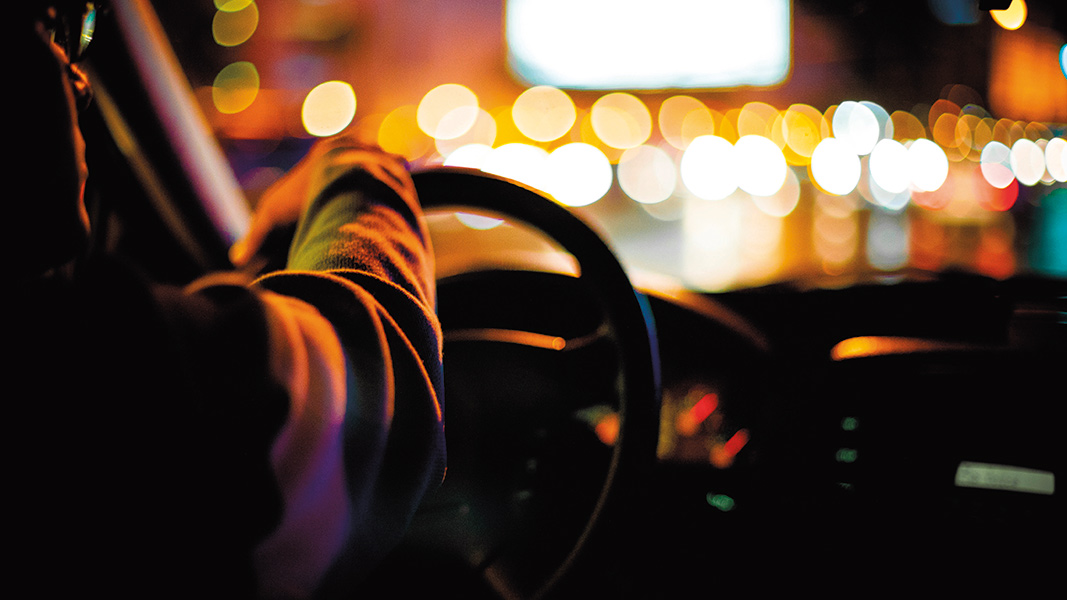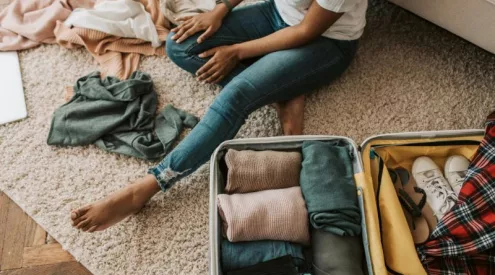Uber has been making waves in the worldwide taxi industry for some time, and it’s recently taken off in South Africa’s major cities. Here’s how it works and how to use it.
What causes a riot? From London to New York, the last few months of 2014 saw protests bringing traffic to a standstill in some of the world’s busiest cities as thousands of taxi-drivers took their anger to the streets. Instead of government policy or rising taxes, their ire has been stoked by a little piece of smartphone technology.
Uber has been called everything from a ride-share revolution to an underhanded attempt at tax evasion, but the core idea is simple. Once you’ve downloaded the app and linked it with your credit card details, you can order a taxi with a few taps on your smartphone. Drivers are directed to your exact location using GPS, and the fare comes off your card automatically.
You can entirely bypass trying to explain the location of your friend’s sister’s house to an operator who manages to be stressed, bored and deaf simultaneously. Apart from being cashless and convenient, it just looks so darn good. You can see the exact location of all Uber taxis in your area milling around on the map, how far away they are, and an approximate time of arrival.
It’s simple, and it’s neat. This is clearly one reason why other taxi companies are worried. Something this slick poses a considerable threat to business. But there’s more to it than that. Like other giant travel sites airbnb.com and couchsurfing.org, Uber’s function is to connect people, rather than to sell a product. It isn’t a taxi company, it’s a well-crafted platform that links drivers with riders.
Although there are background checks before drivers can be loaded onto the system, most drivers are essentially freelancers, working when and where they like. This makes it hard for government to regulate. Berlin recently banned Uber due to passenger safety concerns, although they’re being allowed to operate in the city while they appeal the decision. London cabbies, who have to pass a notoriously difficult test before being accredited, have voiced outrage over being upstaged by upstarts with smartphones.
In South Africa, Uber drivers only need to provide a professional driver’s permit (which requires police clearance) and attend a half-day training course before being added to the system.
Although Uber is not yet active in all South African cities – only Joburg, Cape Town and Durban at present – it’s something more South Africans are considering as an alternative to traditional transport.
Next time you’re agonising over whether you can ask for a lift or should sacrifice hours of your life to public transport systems, here’s how to use Uber safely.
1. Download the Uber app, then…
2. Link it to your card
In South Africa, giving your credit card details to an app is a fairly new idea, and we tend to be skittish about it. It might help to know that Uber doesn’t have access to your data – the details are stored by a third-party company. The app takes a photo of your card, records your details, and then sends you a one-time password to confirm.
3. Move the pin to your pick-up location
The app will open to a map of your area, with all Uber cars in proximity visible. There’s a pin that will automatically pick up your immediate location, though you can move it if you’re booking for someone else. There are two fare tiers UberX, at R7 a kilometre, and UberBlack, at R11 a kilometre. You can expect your UberX to be in the league of a dependable Toyota Corolla, whereas an UberBlack will be a BMW, Mercedes, or other luxury car.
If there are numerous cars in your area, you can flick between them before you make your booking and see the difference in estimated fare, as well as the approximated time of arrival.
4. Confirm your booking
Once you’ve requested your ride, you’ll be notified when a driver picks up the request. When one confirms your trip, Uber shows you their profile including other customers’ reviews. If you’re worried about personal safety, you can share this information with friends or family before you even get in the cab.
5. Know your power
Uber depends on crowd-sourced credibility which is a good thing for wary customers. It’s geared for the internet-savvy, so one bad story going viral could ruin their international reputation. Use this power. Tweet them @Uber_CT, @Uber_Joburg or @Uber_Durban to ask questions or report bad experiences.
6.Use the ratings wisely
Uber’s main safety feature depends on mandatory ratings for every trip. Once you’ve taken a ride with them, you need to rate your driver (out of five stars) before you’re allowed to book your next ride. This allows for an immediate feedback loop between riders and drivers, giving drivers a constant incentive for good service. If you’re not happy taking a taxi with a driver with any rating lower than five stars, you don’t have to. Be aware though, that riders are also rated so if you tend towards drunken belligerence, you’re less likely to be picked up in future.
7. Don’t try to book one in advance
Because there isn’t a head office choreographing drivers’ movements, you can’t book an Uber ride ahead of time. There’s definitely an uneasy feeling about waking up early for a flight and not having a taxi booked, so go with more traditional methods of transport if you’re a nervous flier.
When public transport works
Cape Town
The MyCiti bus network has been functioning in the centre of Cape Town for years, and the route is expanding. Users need to buy a card for R35, and load it with credit. Fares depend on the distance with an additional rate for journeys between the airport and the Civic Centre.
Joburg
The Gautrain is one of the most loved and First World public transport options in South Africa. After buying a Gold Card for R10, you’ll pay R25–R64 for your commute, and about R135 for an airport transfer.
Durban
Construction has begun on a new public transport network, Go! Durban, the first section of which is expected to be operational in 2016. Integrating rail, bus and road travel, it’s a large undertaking. Until then, a trip on the CBD’s People Mover buses will cost R5,50 for a single and R16 for a day pass.
Update: On 8 April 2015, Uber announced a new caller ID protection service, Twilio which hides your mobile number from Uber drivers, and visa versa. Calls between drivers and riders are still possible (text messages are not), but they now go through Twilio’s cloud service and the link is discontinued shortly after your ride is over.
This article first appeared in the November 2014 issue of Getaway magazine.


















